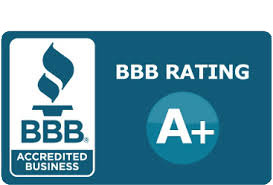How to Date your Fight'n Rooster Knives
You can get in a date range, and then get an exact date if the master blade is etched with a date, which it often is.



We are 2nd Markets, a coin and collectibles merchant with over 40 years experience buying from the public through the mail. Located in the Nashville, Tennessee area, we are rated A+ by the Nashville Better Business Bureau.
We are always interested in buying collections. We prefer to buy large collections but will buy single items with a value of $500 or more.
It only takes 30 seconds to tell us what you have. One of our buyers will get back to you right away. You will be rewarded with a fair and honest purchase offer. No obligation.
Tell us everything. Go into detail. You can upload a spreadsheet list or photos later after we respond back.
All initial contact is by email.
We only buy from USA sellers.
All initial contact is by email. Phone is optional.
Check your inbox and press the CONFIRM button. If no message is in your inbox, check your junk or spam folder. If still no luck, let us know by sending an email to leads@2ndmarkets.com
All initial contact is by email. Phone is optional.
Tell us how we can help. We'll get back to you shortly.
Check your inbox and press the CONFIRM button. If no message is in your inbox, check your junk or spam folder. If still no luck, let us know by sending an email to leads@2ndmarkets.com
Loading...